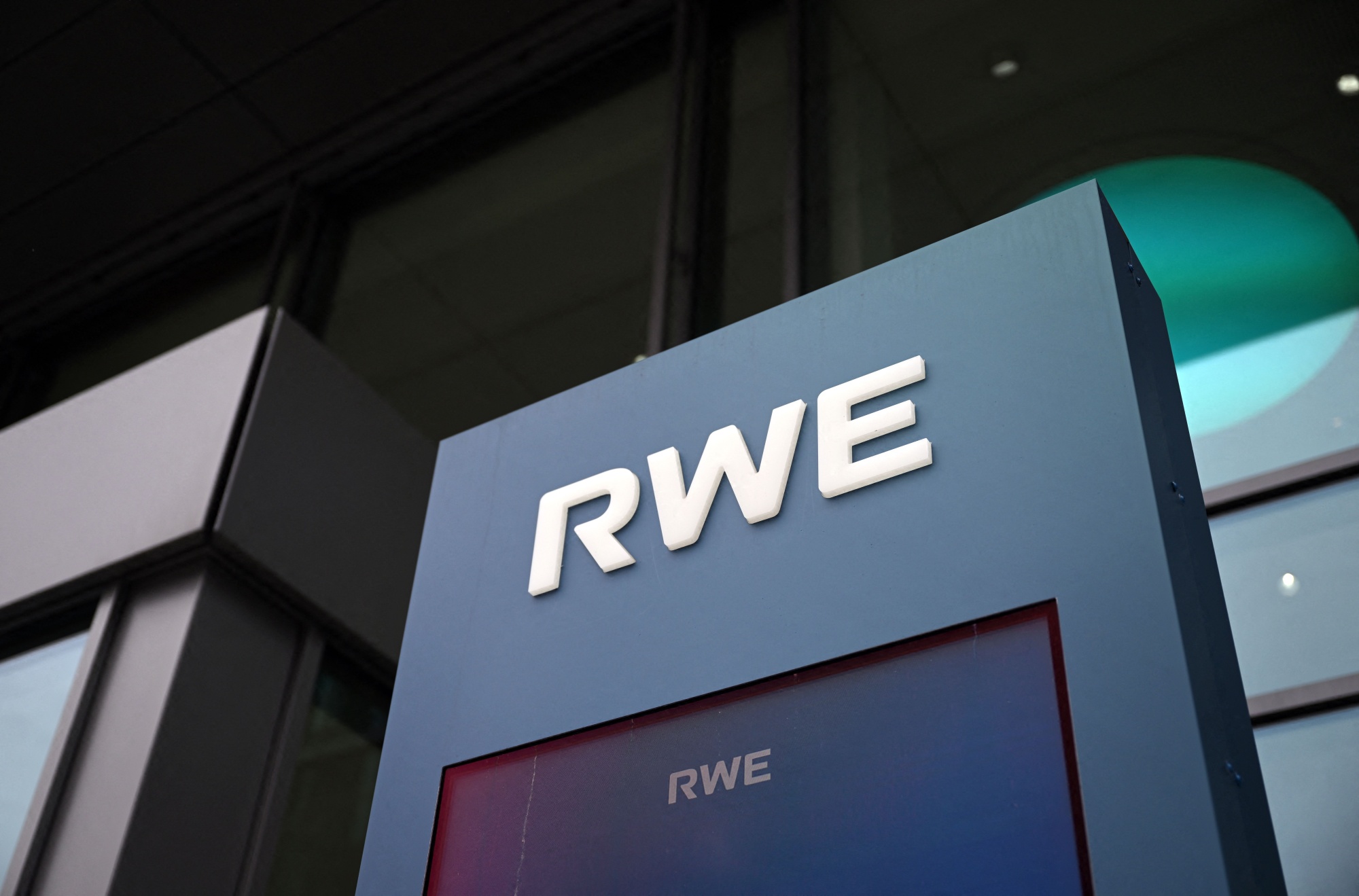RWE has finalized a deal to acquire the 4.2 GW Norfolk Offshore Wind Zone portfolio from Swedish Vattenfall with the aim to resuming development of one of the projects that had previously been halted. Each of the three projects boasts 1.4 GW in the advanced stages of development off the coast of England. The Norfolk portfolio comprises Norfolk Vanguard West, Norfolk Vanguard East, and Norfolk Boreas projects.
A greater portion of the acquisition cost is linked to the expenses incurred up to the present, with the purchase price totaling about GBP 963 million as the enterprise value. With an anticipated closure on the deal for the first quarter of 2024, the completion is only pending approval from The Crown Estate and regulatory authorities.
Also read: RWE AG Commissions 10 MW Solar Farm in Spain
The said projects which have been under development for 13 years, have the seabed rights, grid connections, development consent orders and all key permits in place. Located 80 kilometers off the coast of Norfolk in East Anglia, Norfolk Vanguard West and Norfolk Vanguard East have had most of the key components secured.
Due to the challenges caused by high inflation, the vulnerability of the offshore wind market, its supply chain and capital costs, the Norfolk Boreas project was paused in July 2023. However, after the acquisition, RWE plans to resume work on the development.
Project timeline
According to RWE, the three projects are expected to be operational by the end of the decade. In the UK alone, the German company already has 10 offshore wind parks in operation, with one 1.4 GW project under construction and the other nine under development. The next objective is for the three new projects to win a Contract for Difference (CfD) in the upcoming auction rounds.
Tom Glover, RWE’s UK Country Chair, commended the UK government’s recent decision on future offshore wind auctions which provides the company with confidence to invest and represents a positive step in maximizing the UK’s clean energy potential, ensuring sustained and lower prices for consumers and creating good quality jobs.
